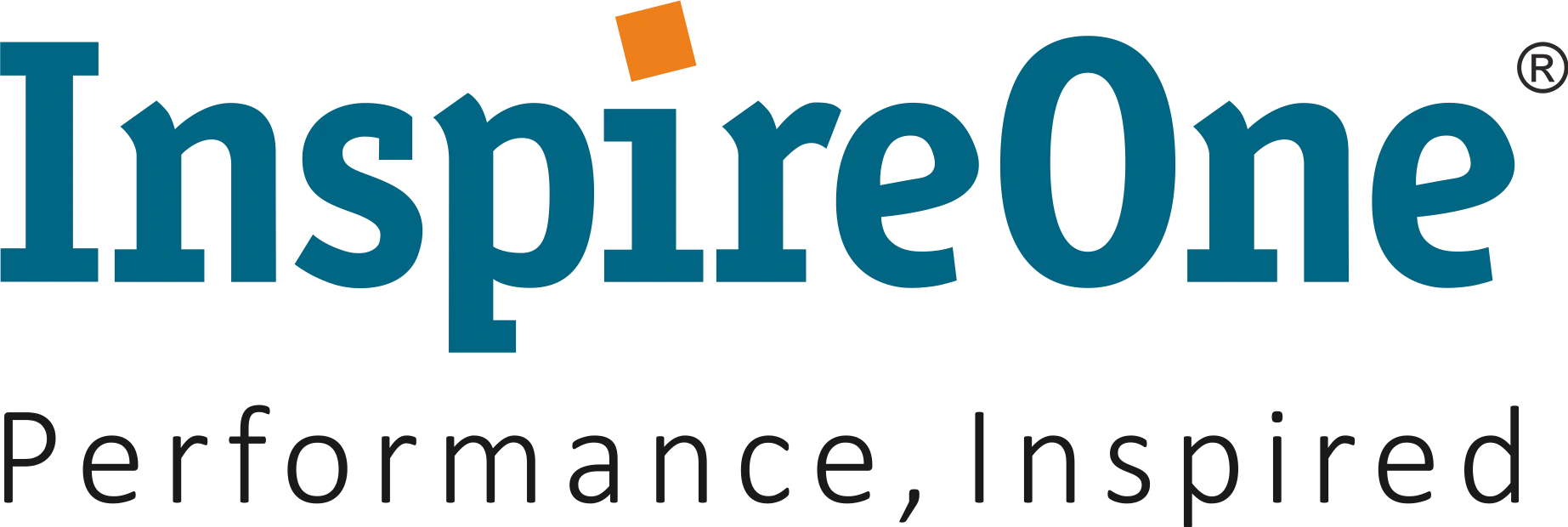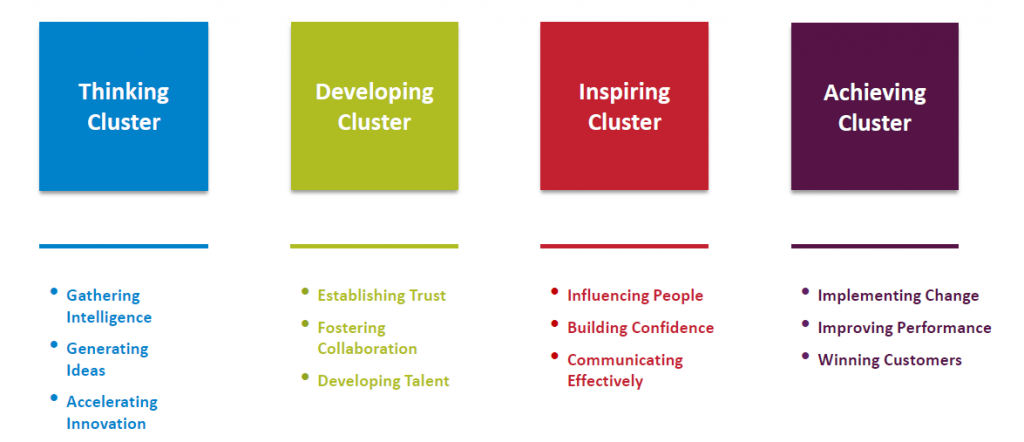People are the biggest resource in any organization and, therefore, the high potentials are the most valuable ones. In line with the Pareto Principle, research studies done by Indiana University and University of Iowa suggest that a small section of high potentials drive a large proportion of organizational success – 1% high potentials drive 10 % organizational results, 5% high potentials drive 25 % organizational results, and 10% high potentials drive 80 % organizational results.
Therefore, the key factor to ensure organizational success is to develop its high potential employees. Working backwards, the need is therefore to clearly lay down the parameters to asses and identify a high potential. This need is also many a times the key challenge.
Organizations are faced with the following dilemma –
How do we know who will perform better in a future role?
We know that the answer does not lie in identifying the best performers. That is one data point – but past performance is not a guarantee of future performance. Here is where a clear distinction between performance and potential is of utmost importance.
In this post-pandemic BANI world, the definition of a high potential leadership capability is constantly changing. What qualifies to be the required leadership capabilities for the future, might be completely nonaligned when we reach that point in future, and future here can be as close as tomorrow.
Organizations use extensive leadership assessment methodologies like Assessment/Development Centers, Psychometric tools, Interviews with talent boards etc. to identify talent. And yes – all these methods are useful, particularly if they are backed by research & are systematic in their approach. The purpose of using tools and processes is not only to identify talent, but also give important data to curate individual development journeys so as to create leaders of the future.
At InspireOne, we collaborate with our global partners and use the High Performance Leadership Assessments based on High Performance Behavior Framework (HPB) to assess high potential leaders. The HPB framework measures 12 high performance behaviors organized into four categories through individual capacity and capability measures. These leadership behaviours have been identified through extensive research with global leaders to identify the business thinking that is required to move an organization forward as well as the interpersonal and motivational behaviors of successful leaders. This gives a holistic picture of the person and propensity to develop behaviors for the future.
The important elements of our approach at InspireOne include the following;
- Using a well-researched framework – the High Performance Behavior Framework to measure relevant behaviors needed for success in a today’s world.
- Measuring both;
- Capacity or Nature – innate personality dimensions to understand preferences & motivators.
- Capability or Nurture – demonstrated leadership behaviors and the level at which they are exhibited.
- Using multiple tools and processes selected from our vast library of leadership assessments.
- Bench-marking behaviors against global benchmarks at different leadership levels.
- Having a clear sense of what the development is for – e.g.. a future role, a critical role, bench strength etc.
- Having a strong IDP creation process to ensure that focus is on the right behaviors based on the person’s profile, organization need and person’s aspirations and motivations.
- Linking the areas of development to a robust learning plan and process.
Leadership assessments are much more flexible now and can be customized to address the unique challenges leaders face today. With artificial intelligence based tools, the field of assessments have come a long way. However, arriving at particular leadership assessment tools and the processes to capture the dynamic and often paradoxical competencies (required by a high potential in this BANI world) is a journey in itself, on which most organizations and consulting houses are on board.
References
- HERMAN AGUINIS Indiana University, E. O. (2014). STAR PERFORMERS IN TWENTY-FIRST CENTURY ORGANIZATIONS. Retrieved from Personnel Psychology : http://hermanaguinis.com/PPsych2014.pdf
- Hill, D. A. (2010). Are You a High Potential? Retrieved from HBR: https://hbr.org/2010/06/are-you-a-high-potential
- Kaiser, T. C.-P. (2017, October). What Science Says About Identifying High-Potential Employees. Retrieved from HBR: https://hbr.org/2017/10/what-science-says-about-identifying-high-potential-employees
- Westfall, B. (n.d.). High Potentials vs. High Performers: A Manager’s Guide to Identify, Assess and Develop. Retrieved from https://www.softwareadvice.com/resources/high-potentials-vs-high-performers-a-managers-guide/








